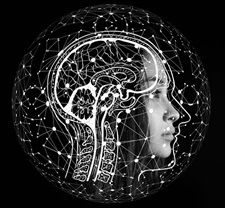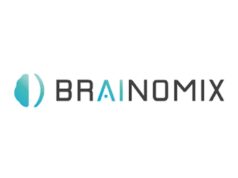 Researchers in The Netherlands have received a Horizon grant worth €10 million from the European Commission to accelerate development of a technology that could allow operators to assess the best treatment for a patient with a cerebral infarction or haemorrhage by performing the procedure on their ‘digital twin’.
Researchers in The Netherlands have received a Horizon grant worth €10 million from the European Commission to accelerate development of a technology that could allow operators to assess the best treatment for a patient with a cerebral infarction or haemorrhage by performing the procedure on their ‘digital twin’.
“Strangely enough, computer simulations in our work are far from the norm, despite having the potential to be an incredibly valuable tool,” said Henk Marquering (Amsterdam University Medical Center [UMC], Amsterdam, The Netherlands). “With this project, we want to first test the treatment for individual stroke patients on a digital twin. The doctors can see in the simulation which treatment works and which doesn’t.”
In addition to the European Commission’s €10 million, two partners from Switzerland and a partner from Taiwan are contributing a total of €3 million as well. According to an Amsterdam UMC press release, a total of 19 partners from 12 countries are sharing their expertise to aid this project.
Alfons Hoekstra (University of Amsterdam, The Netherlands) explained that these digital twins are not “an animation, but real calculations”.
“We enter the blood pressure, heart rhythm, information from the brain scan, and other medical data of the stroke patient,” he added. “Then, a kind of digital twin is generated on which we can simulate treatments.”
A concrete example of how this technology can be applied is in the removal of a blood clot in the event of a cerebral infarction. By running simulations, doctors can see if a specific treatment will leave the patient’s blood clot intact, or disintegrate it.
“By simulating the process, the patient receives the most optimal treatment,” said Charles Majoie (Amsterdam UMC, Amsterdam, The Netherlands).
“We are now finding out what is good for the individual patient,” added Hoekstra. “The more measurements we can put into the digital twin, the more precisely we can predict what the best treatment will be.”
This way of entering data into a computer model is also referred to as knowledge-based artificial intelligence (AI), which uses in-depth biological and medical knowledge of stroke, and differs from data-driven AI approaches that purely look at large amounts of data from many previous patients to make predictions.
“It’s a new sport that we practice here,” Hoekstra continued. “We combine the computer data with the physical and biological knowledge we have. Computer scientists and doctors work together to make this possible.”
Over the next four years, the researchers will be working on the technology that will make it possible to create these digital twins. Once the technology is in place, they expect to need another two years to turn it into a computer simulation that can be used in practice.
“A treatment that has first been virtually tested on your digital twin—now that’s tailor-made care,” Marquering concluded.












